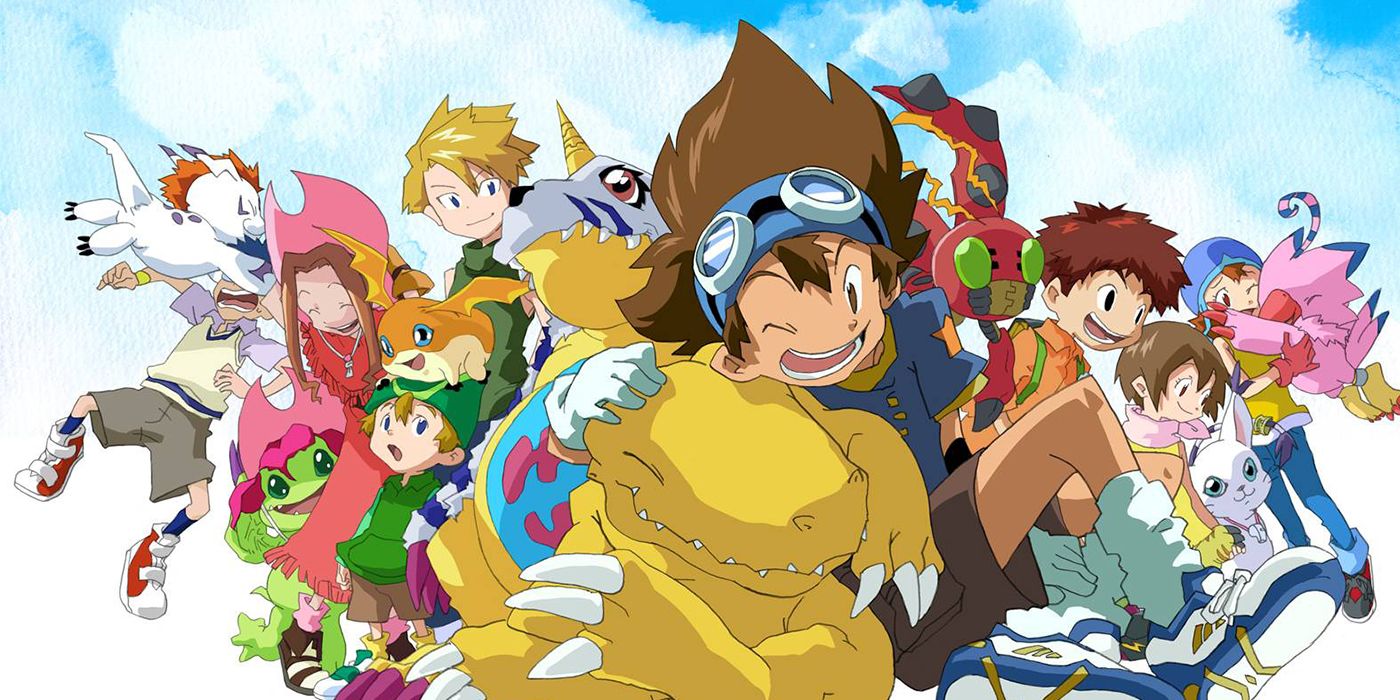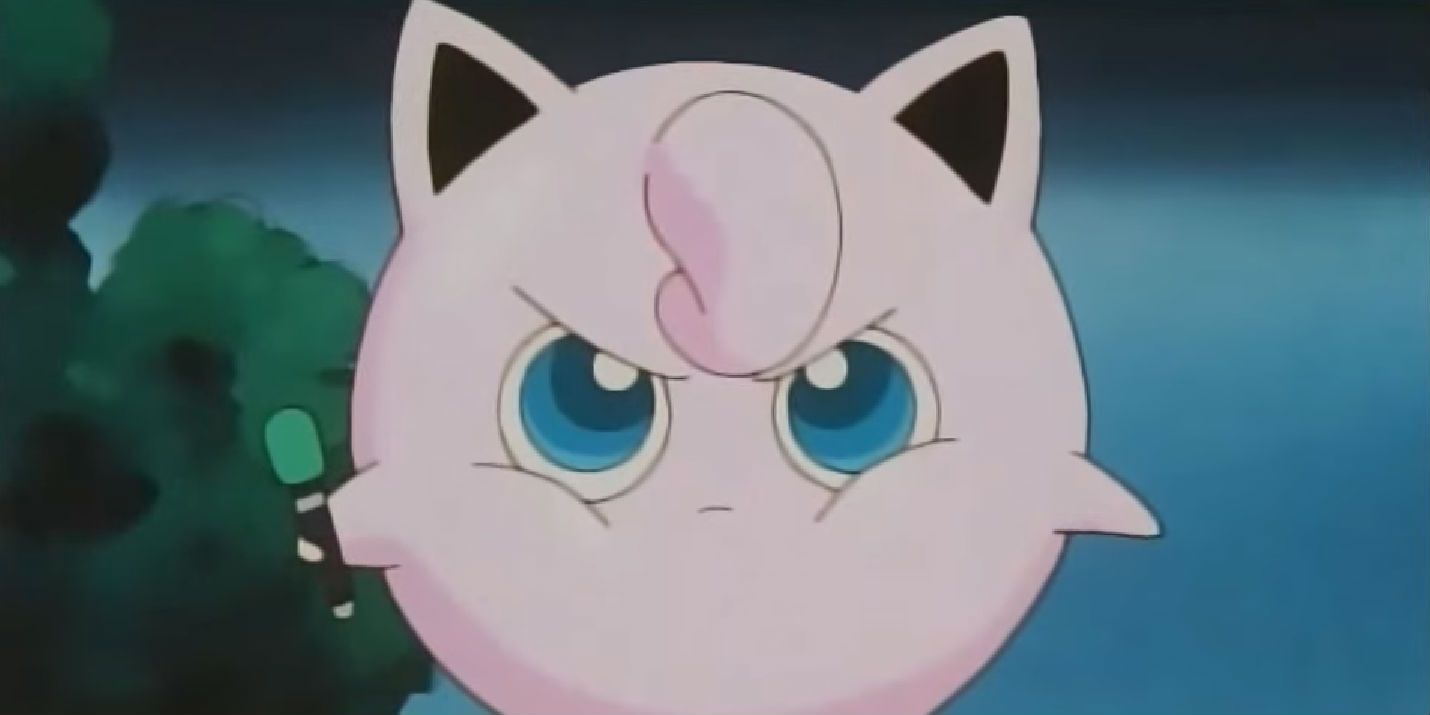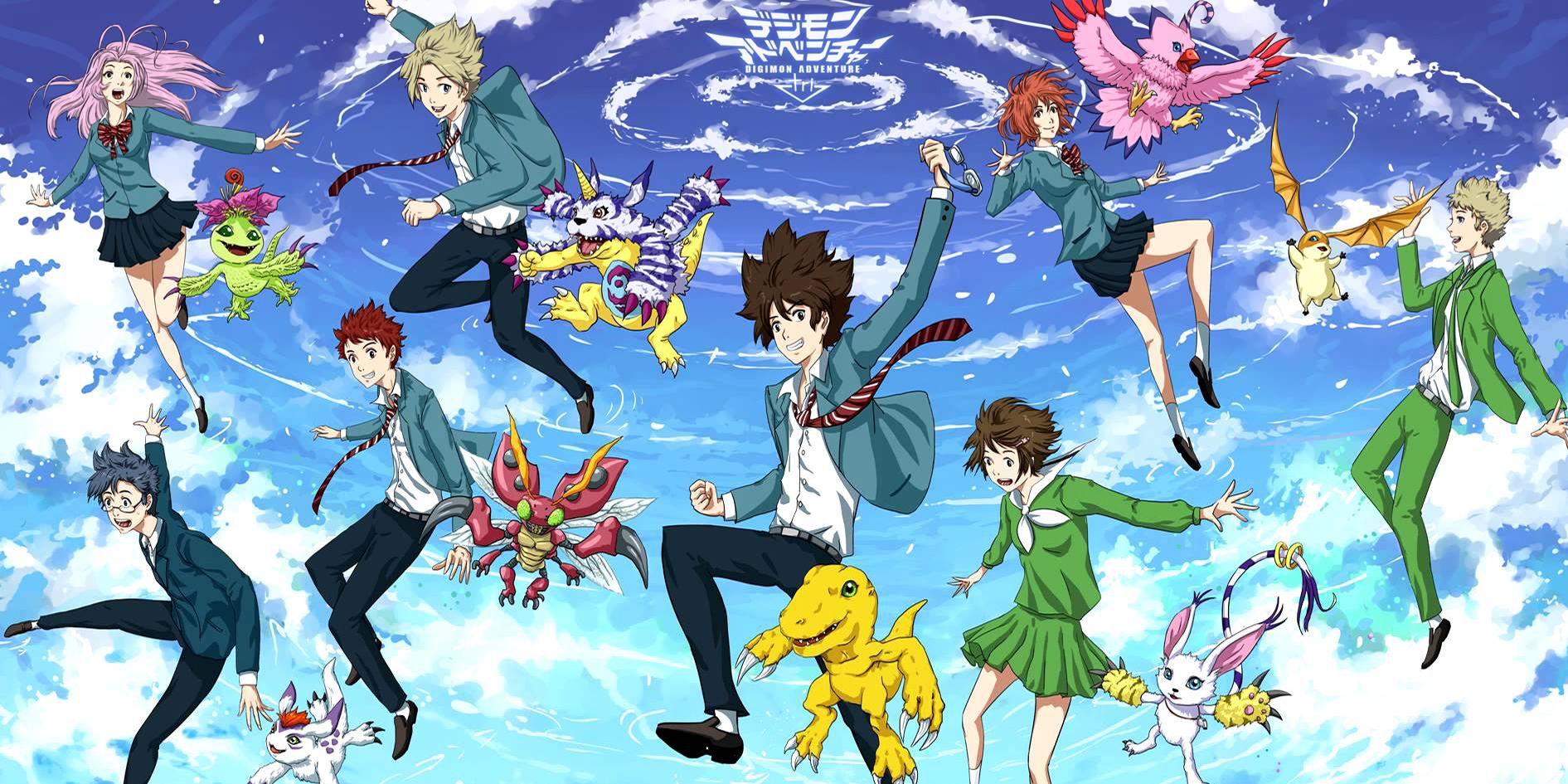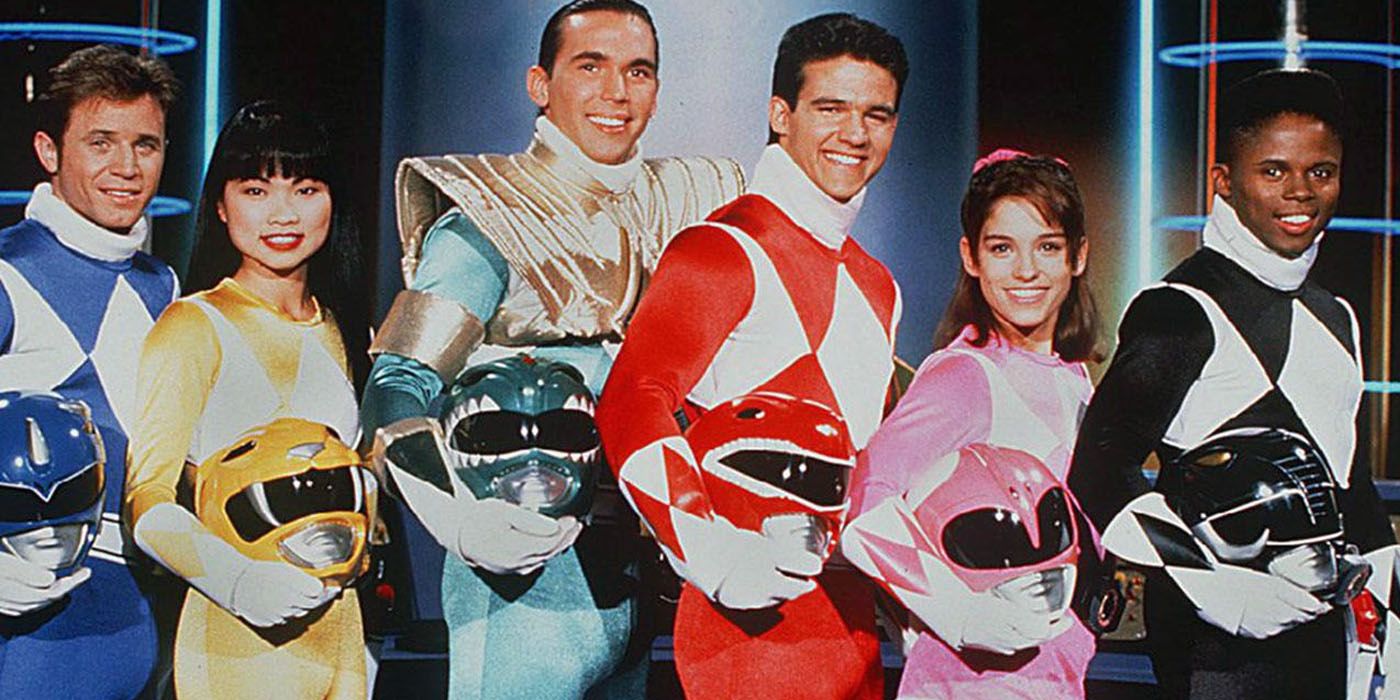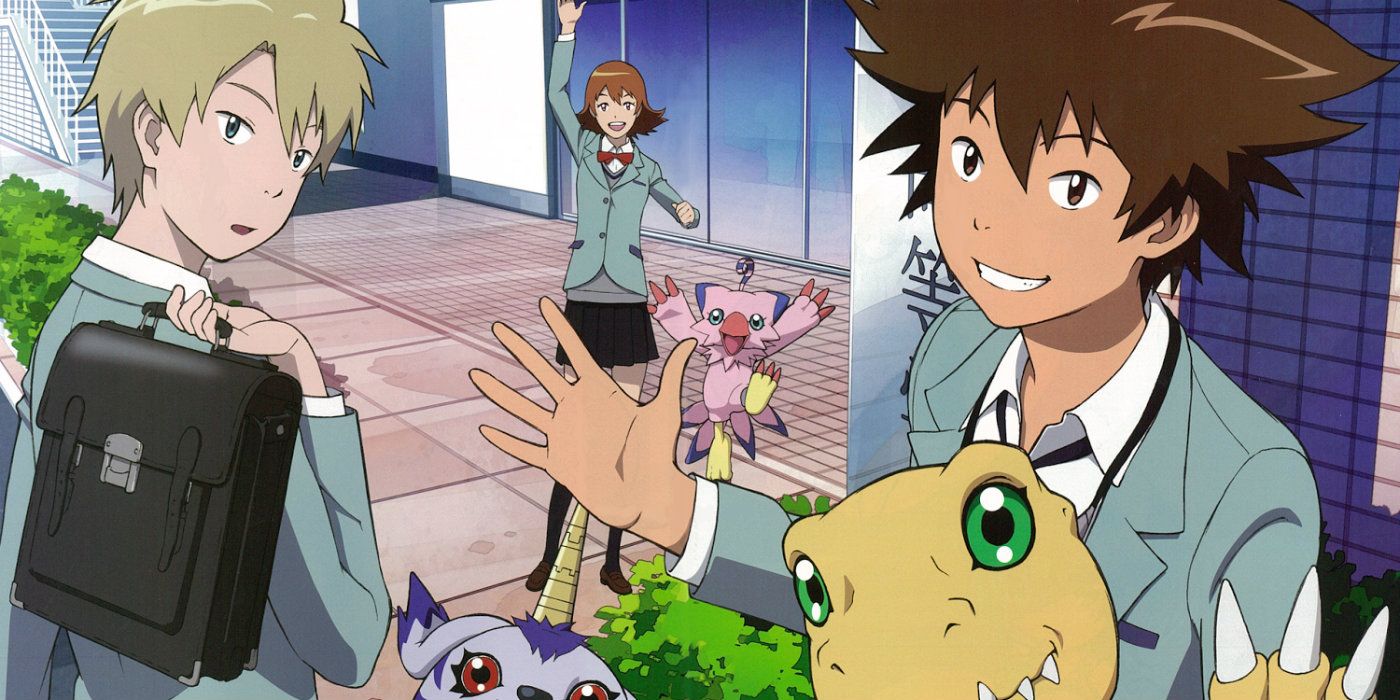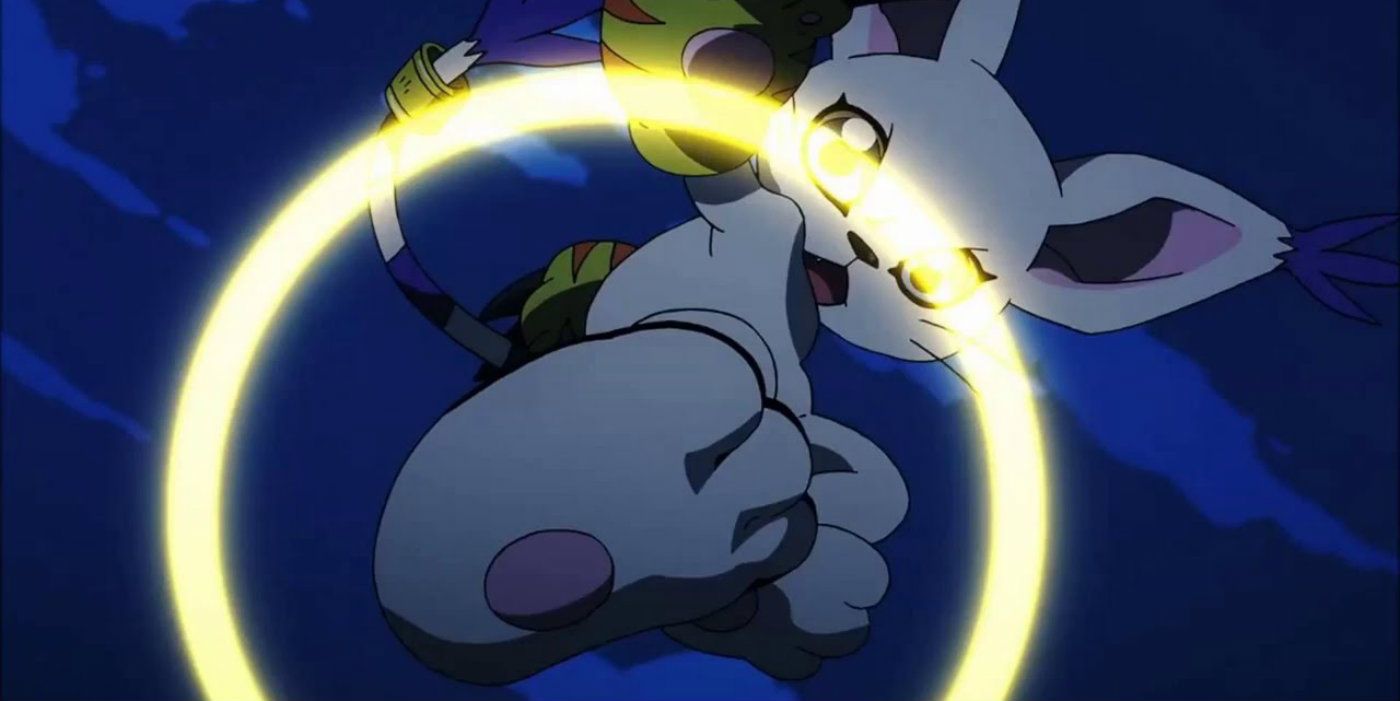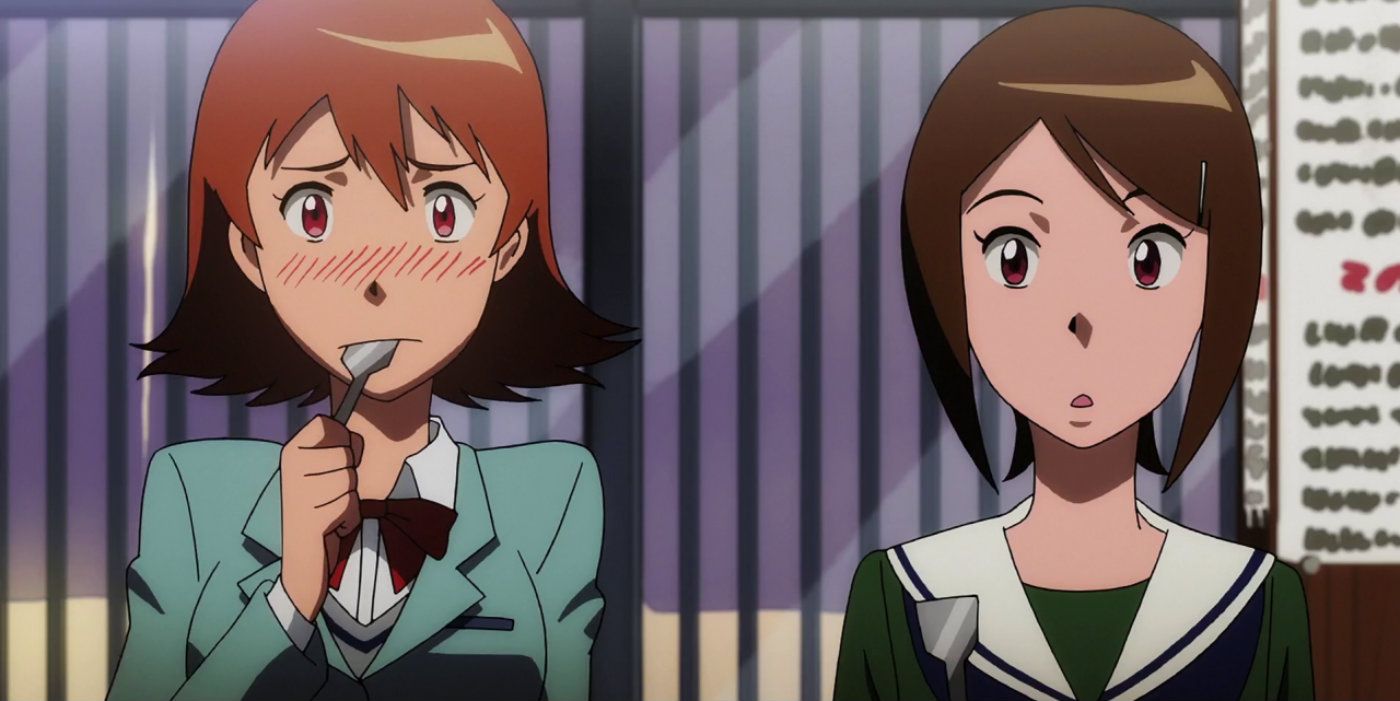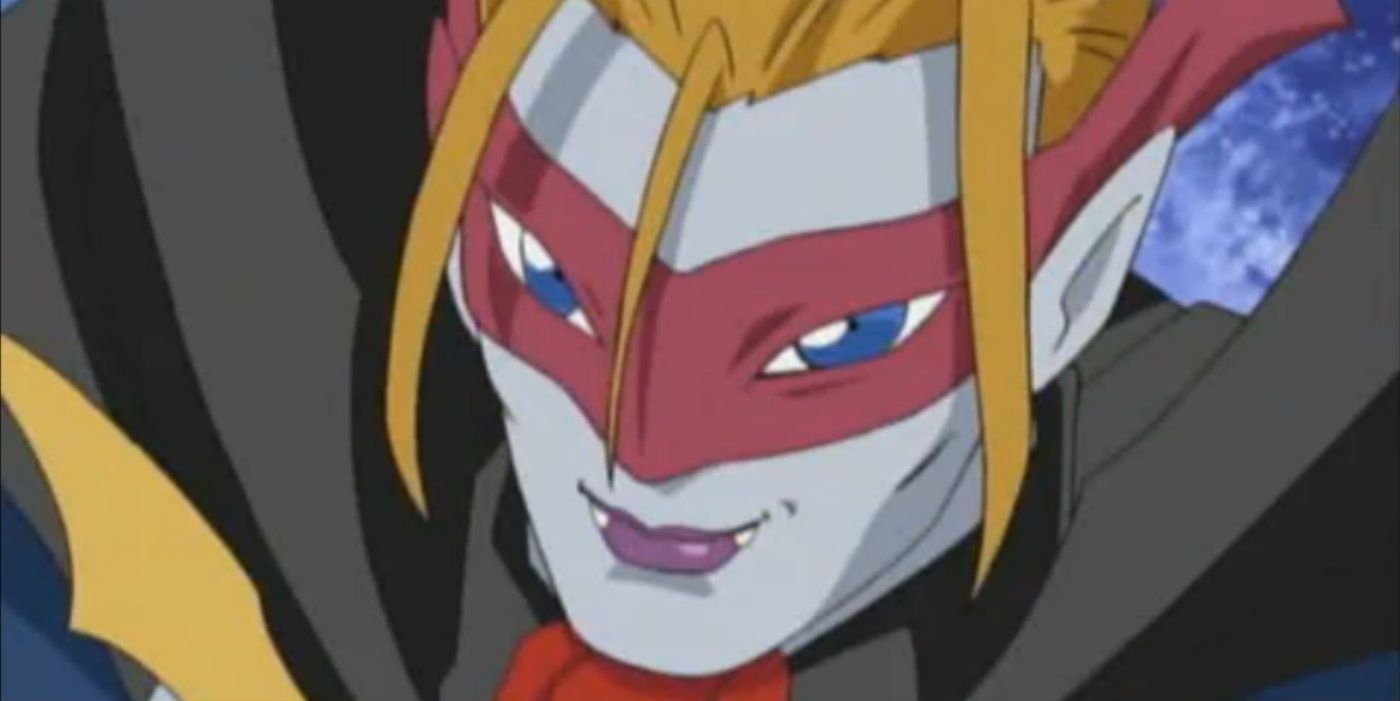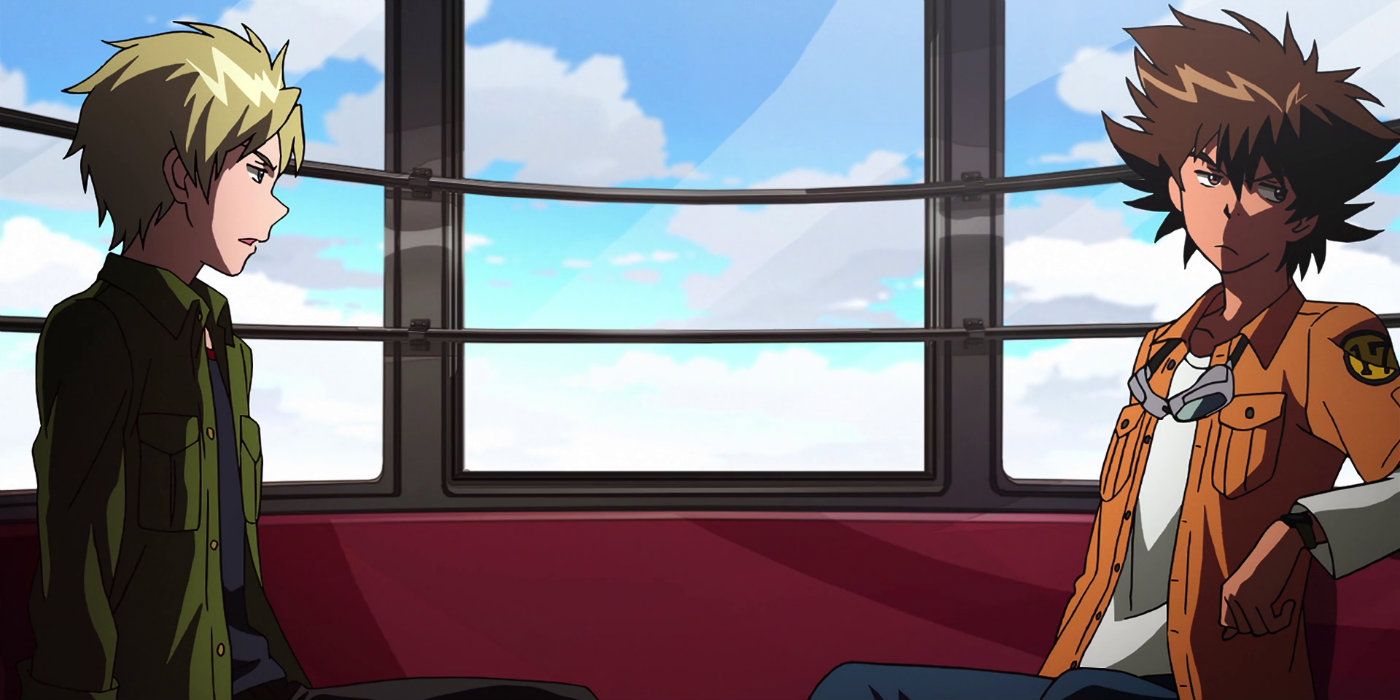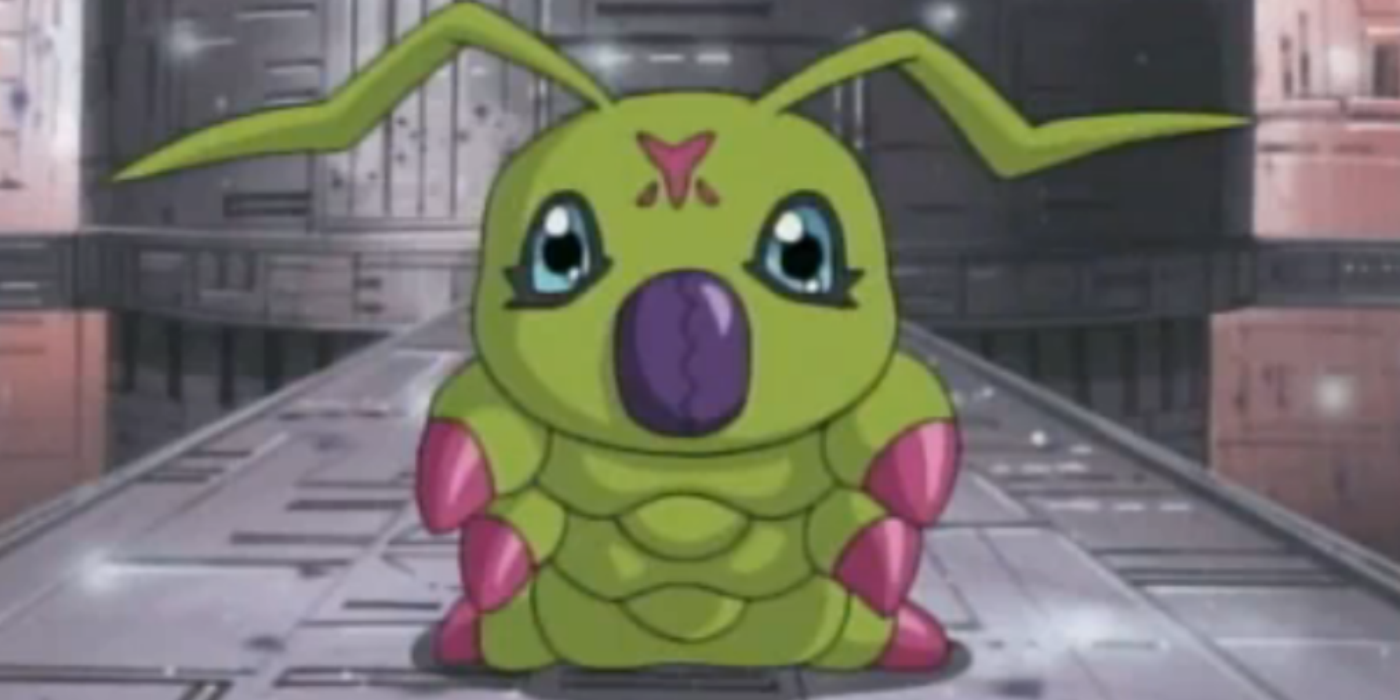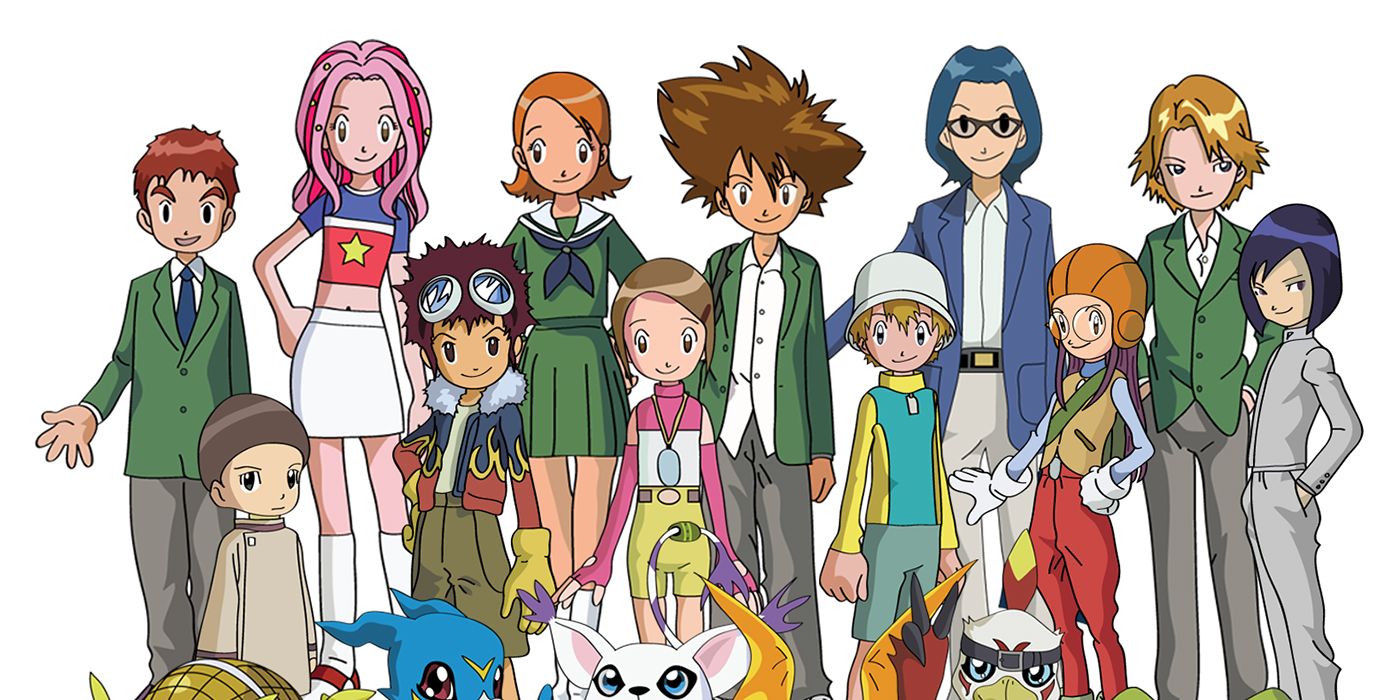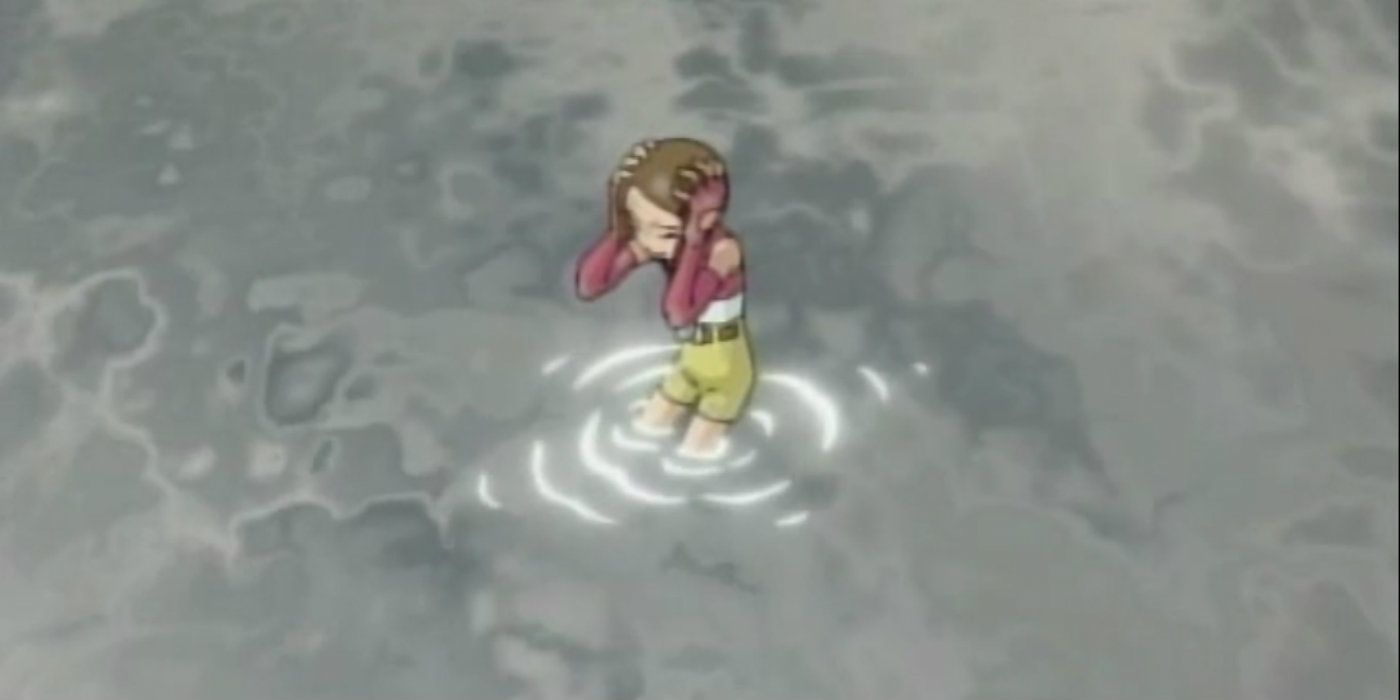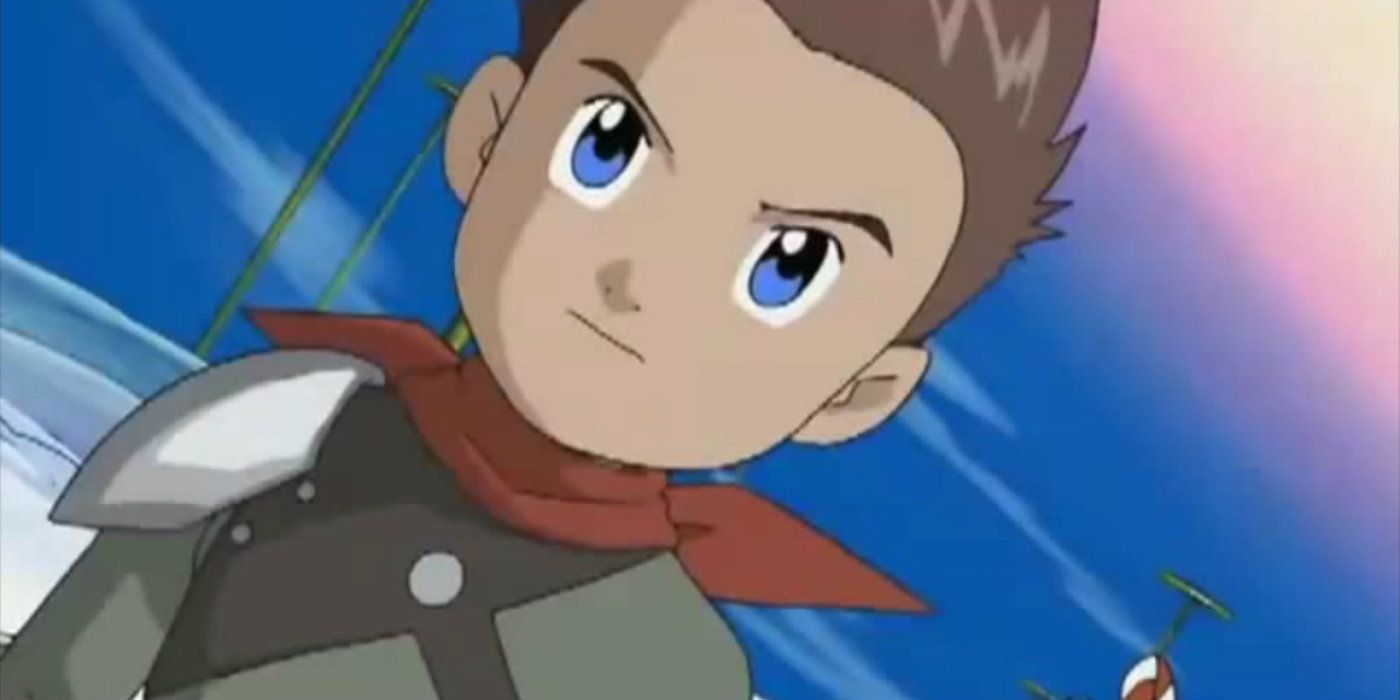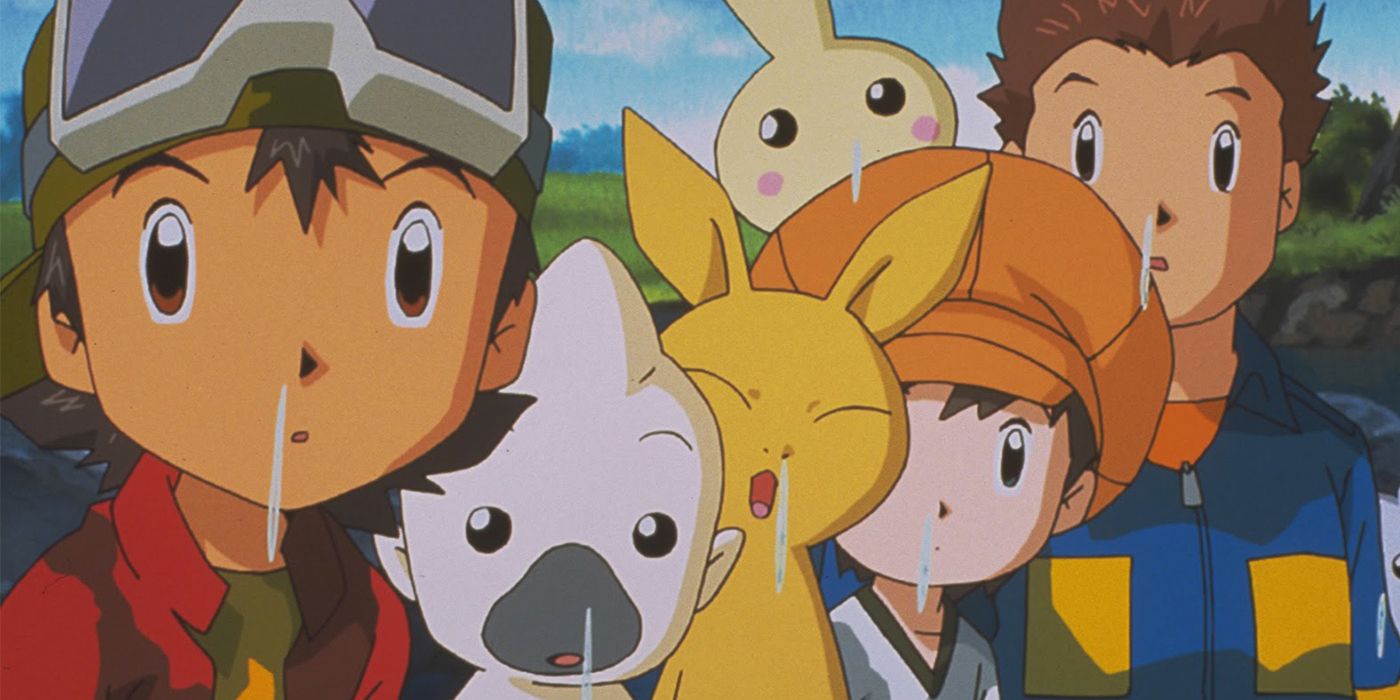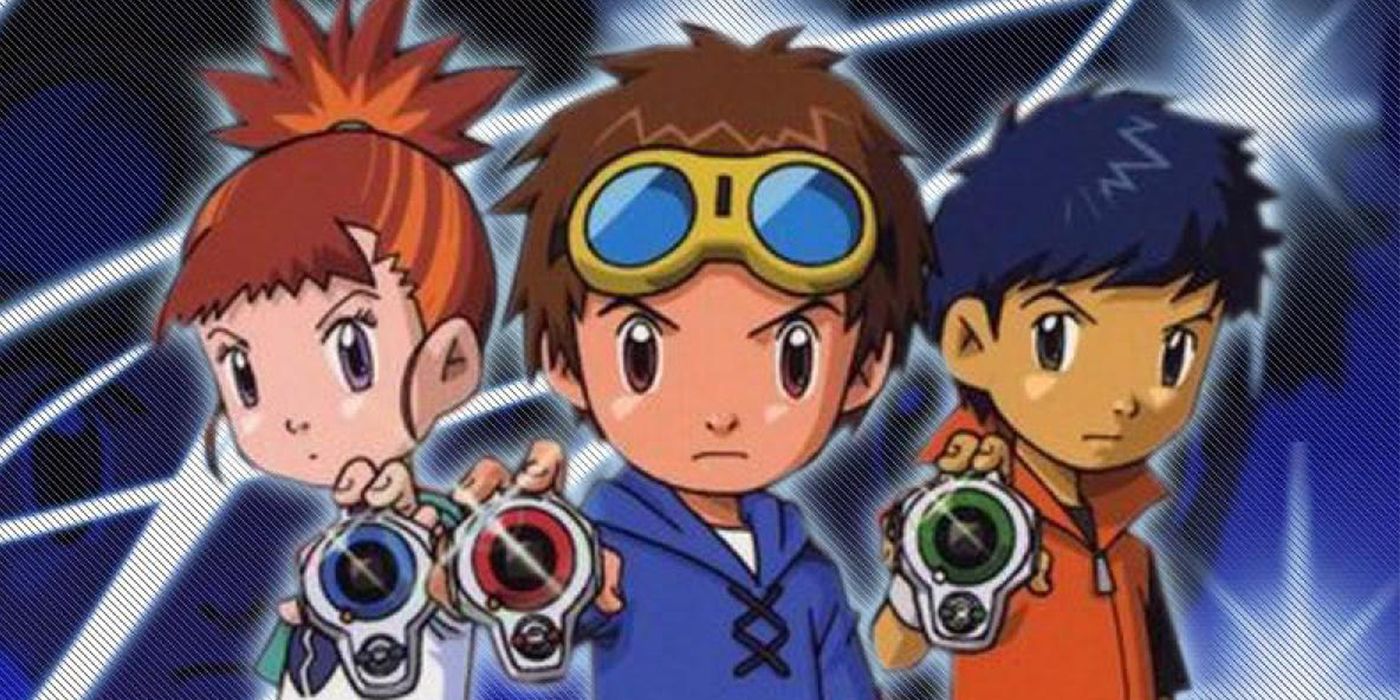The average person could be forgiven for believing that Digimon is some long forgotten '90s relic, but fans of the property are well aware of its recent resurgence. With the recent release of Digimon Tri, a follow-up to the first two seasons of the anime series in the form of six films, it is obvious that there is still an audience for the Digimon in Japan. With the recent announcement that Digimon Tri will be released as a one night only Fathom Event in theaters stateside on September 15, it would appear as though there is still an audience in the West as well.
In light of this fan-favorite cult television series returning to the west, we have constructed a list dedicated to delivering some lesser known facts about the anime, the various films, and even the franchise as a whole. Weird storylines that almost came to fruition, an obscure fact about the mysterious creator, and even a few interesting casting decisions lie ahead.
Here are the 15 Things You Didn't Know About Digimon.
15. Digimon, More Popular Than Pokémon?
Especially given the absolutely viral nature of recent mobile gaming hit Pokémon Go, it may be hard to believe that there was actually a brief moment in time in which Digimon was the more popular television series of the two. Considering Digimon relative lack of longevity in the West (Digimon airing 8 seasons to Pokémon's 19), this statement may seem a bit farfetched, but it is actually true.
Back in May of 2000, Digimon ranked first according to Nielsen ratings as the most watched television program by children aged 2-11, edging out Pokémon: Adventures on the Orange Islands. (Nielsen ratings determine viewership size in the US only.) This was a short-lived success, but still a major achievement for the franchise nonetheless. The property may have caught flack due to obvious similarities between two series, but Digimon has certainly proven itself as far more than a cheap knockoff, even rivaling, for a time, the incredible juggernaut that is Pokémon.
14. Creator Akiyoshi Hongo = 3 People
Credited with the creation of Digimon is Akiyoshi Hongo, a name that fans will likely recognize. What some fans may not realize, however, is that Akiyoshi Hongo is not actually a real person, but rather an alias comprised of three separate people. This pseudonym was created by Bandai, a Japanese toy manufacturer and anime production company, and is used to credit three of the minds behind the franchise – Aki Maita, Hiroshi Izawa, and Takeichi Hongo. By combining parts of each of these creator's names, Bandai Co. invented the assumed pen name Akiyoshi Hongo.
The pseudonym was created by Bandai due to the fact that there was a large number of creative minds working toward the formation of what fans know Digimon to be today. Rather than recognizing an individual as the sole creator, Bandai's pseudonym acknowledges the fact that many people were involved in the creation this beloved property.
13. The Power Rangers Connection
Bandai USA may be the company responsible for the creation and distribution of Digimon toys and products in the United States, but Saban Entertainment was charged with the tasks of importing and dubbing for the first three seasons of the franchise's anime. If the name Saban sounds familiar, that is likely due to the fact that the distribution company was also responsible for the '90s X-Men and Spider-Man cartoons, along with the uber popular live-action children's television program Mighty Morphin Power Rangers.
Seeing as how the two properties were living under the same roof so to speak, it only makes sense that the two series shared a voice actor or two. One of the more notable names, Barbara Goodson, not only portrayed the wicked Rita Repulsa (being portrayed by Elizabeth Banks in the upcoming Power Rangers film) but did loads of uncredited and credited voice acting for each of Digimon's first three seasons. Other notable names that served on both programs are Robert Axelrod, Michael Sorich, Dave Mallow, Derek Stephen Prince, and Wendee Lee.
12. Matt and Sora Were Destined From Season 1
Some fans of the original anime series may have hoped that Sora would have ended up with the show's main protagonist Tai, but as viewers are already well aware, she ends up falling for the always cool rock star Matt. Tai and Matt, although best friends, usually end up at odds with each other, with their conflicts often culminating in a fist fight. This sentiment, of course, holds true when the two are vying for the affections of Sora.
While the character's relationships were not explored all that deeply within the first season, viewers truly get a good glimpse at the love triangle after the Digidestined aged a few years and returned for a second season. That said, according to the series' writers, Tai has been fighting a losing battle since the beginning. Matt and Sora have apparently been destined since the inaugural season. In fact, an episode late in season 1, which finds Sora in arguably her darkest hour, illustrates just how perfect the two are together. When Sora is caught in a deep depression of sorts, it is only Matt who is able to fully understand her and come to her rescue. Sorry Tai!
11. Gatomon Was Originally Voiced by a Male
Gatomon is, of course, now known as a female-voiced character, but that was supposedly not always the case for the English dub version. Firstly, "gato," which is the Spanish for the word "cat," is not a gender-neutral term. In fact, "gato" specifically refers to male cats. That being said, there are still both male and female Gatomon in the world of Digimon, so this is a bit of a moot point. Still, there is not a definitive reason for why the character was originally recorded with a male voice or why the dub team decided to change it.
Due to the language and voicing of the original Japanese version of the series, it is difficult to claim with any certainty that Gatomon is either a male or a female, and likely, the original casting choice was probably a mere misunderstanding by the dub team rather than a creative decision. Perhaps the writers did not want to have to switch genders of voice actors for when Gatomon later transforms into Angewoman, but to this day, the process behind this decision remains somewhat of a mystery.
10. Kari Wasn't Originally the Eighth Digidestined
Die hard Kari fans out there might be surprised to learn that the character was not originally planned to be the eighth DigiDestined child. Kari was initially designed to serve in a more supporting role rather than as one of the series' main protagonists. That said, when the show's writers expressed interest in expanding the DigiDestined team, the showrunners decided to expand the character's backstory and throw her into the DigiDestined mix.
As fans now know, Kari ended up being quite a successful character for the franchise, as she was also one of the main characters for the anime's second season. Her late addition led to a few plot holes, of which many diehard Digimon fans are already aware, but that being said, her introduction into the group is certainly a welcome one. Not to mention, Kari has since become one of the most beloved characters in the entire franchise.
9. Myotismon's Fog Based on Real World Events
Faithful Digimon fans may remember a handful of episodes in the second half of the first season in which nefarious villain Myotismon envelops the entire island of Odaiba in fog. These episodes produced a creepy and thrilling story that brought Kari's DigiDestined powers to light. While this brief arc was, of course, fictional, it was actually based on true events.
In order to conduct research for the series, a few Digimon writers decided to take a trip to Odaiba. Unfortunately, upon their visit, Odaiba was engulfed by thick fog. The fog was so bad in fact, that it was difficult to see more than a few feet in any direction.
After returning home, the team decided that this real world event would be the inspiration for the series' upcoming story arc involving the infamous Myotismon. So, what turned out to be a bad trip ended up becoming some of the most beloved episodes that the franchise has ever produced.
8. Matt, the Villain of Season 2?
Matt may be best remembered for his "cool guy" persona and his rock and roll band, but Digimon's showrunners originally kicked around the idea of exploring the character's dark side. In season 2, the series explores the twist of an evil DigiDestined. The aforementioned DigiDestined is, of course, known today as the fan-favorite comeback kid Ken, but that creative choice was not always the case.
Due to the booming popularity of the series at the turn of the millennium, production for season 2 began before season 1 had concluded. This led to a lot of disputes and unexplored ideas which resulted in what many fans and critics considered a disappointing follow-up. One of these unused story arcs was making season 1 protagonist Matt into the villain of the franchise's sophomore effort. However, Matt's storyline was scrubbed in favor of Ken's and the former star became more of an auxiliary character in the second season.
7. Wormmon Has an Armor Digivolution
In order to fight the power of the Digimon Emperor, the aforementioned villain-turned-hero Ken, the team of DigiDestined children in season 2 found an all-new form of Digivolution: Armor Digivolution. Veemon, Gatomon, Patamon, Armadillomon, and Hawkmon all had the power to transform into legendary warrior Digimon through the power of Digi-Eggs. The only problem is that late addition Ken, along with his partner Wormmon, never got the opportunity to utilize Armor Digivolutions. That was not always the writer's intentions, however.
Wormmon, in fact, was originally supposed to have an Armor Digivolution utilizing the Digi-Egg of Kindness, the only unused Digi-Egg from the second season of the series. Wormmon would have Armor Digivolved into Bucchiemon, a cute and powerful Fairy Digimon. Due to the introduction of DNA Digivolution, however, the showrunners decided to opt out of the last Armor Digivolution and instead move ahead with the new form of transformation. This storyline was explored in a Digimon audio play and Bucchiemon later appeared in Digimon Frontier.
6. Filler Episodes Due to Writer Disputes
As mentioned earlier, the second season of Digimon did not go over quite as well with fans and critics as the original. Part of the reason for this was a differing of ideologies between the team of writers responsible for season 2. Due to the amazing success of season 2's predecessor, its follow-up began production before the first season's conclusion, and as a result, there were a lot of ideas and story arcs that ended up on the cutting room floor. Even worse still, fragments of some of those ideas actually ended up in the series with little to no explanation whatsoever.
Due to a differing of opinions between the writers, the second season began without a clear direction. Not only did this lead to a bit of uneven storytelling and messy world building, but a lack of any solidified arcs contributed to a number of filler episodes in the back half of season 2.
5. Dark Ocean Storyline Condensed
One storyline that did end up seeing the light of day in season 2 was the Dark Ocean arc. The Dark Ocean refers to a world that is inhabited by darkness and has the ability to bring twisted thoughts to the surface and even make them a reality. In the second season of Digimon, both Kari and Ken are brought to the Dark Ocean, albeit at different times. Ken went to there after his brother died, and it is credited with transforming him into the nefarious Digimon Emperor, while Kari struggled with her own emotions and was placed there due to a brief bout with depression and loneliness.
Once again due to conflicting ideas concerning the second season storyline, the Dark Ocean arc was drastically reduced. Reportedly, this arc was slated to play a much larger role in the series and possibly even make an appearance in the first episode. With an emphasis on a lighter tone, straying away from darker themes, the writing team decided to condense the storyline, but not cut it out altogether.
4. Ryo's Many Appearances
Fans of the show are most likely well aware that continuity has not been Digimon's primary concern. Between completely un-canonizing the entire first two seasons only to bring various characters back in the sixth iteration of the series, all in addition to a slew of films that generally do not fit the timeline, the writers of the cartoon have made it clear that adhering to continuity is really more of a guideline than a rule.
One character who has popped up here and there somewhat inexplicably is Ryo. Akiyama Ryo is has made appearances in the Digimon franchise on more than a few occasions, but they don't really make sense when examined more closely. His character's first appearance in the series is actually in one of the early films. He appears later in the second season briefly as well.
Where Ryo truly gets his chance to shine, however, is in season 3, AKA Digimon Tamers. The only issue with Ryo being a major character in the third season is the fact that Tamers takes place in a completely different universe from the first two seasons. In fact, Digimon seasons 1 and 2 are referenced throughout Tamers as a fictional television show and video game series. It is also interesting to note that Ryo served as the protagonist for a number of Digimon video games for the Bandai WonderSwan, a handheld game console released in Japan back in the late '90s and early 2000s.
3. Digimon From Space?
If there was ever an indication that the writing team behind the Digimon anime were at odds about what to do with the franchise, it would be fact that the third season could have reportedly featured Digimon from outer space. This is a storyline that obviously never came to fruition, but it is interesting to note that the idea was at least considered.
After a season riddled with various different story arcs that did not quite meld together well, season 3 appeared to be a much more unified vision. From beginning to end, it seemed like the creative team had an introduction, plot, and conclusion somewhat hashed out beforehand. In fact, for many Digimon fans, the third season is often revered as one of the best. The inaugural season will always be cherished by fans and looked at fondly through nostalgia goggles (and for good reason), but it is undeniable that the third entry into the franchise took bold risks with a much more sophisticated storyline and some mature themes.
2. Impmon, the Protagonist of Season 3?
Impmon is a small, feisty, and fast-talking Digimon from the series' third season, Digimon Tamers. Over the course of the 51 episode season, the auxiliary character – at least in the beginning – made quite the transformation from comedic relief to a major baddie, and even back to redeemed hero. With such an interesting arc, it probably should come as no surprise that the character was reportedly supposed to be the original protagonist for the series.
That's right, Impmon was tossed around as a possible main character for the third season. Seeing as how Digimon from outer space were potentially on the table, this might not seem all that shocking. That being said, Impmon's arc was one of the reasons that the third season is so beloved amongst fans. At first, the character appeared to be of little consequence to the children and their Digimon partners, but he later becomes one of the most fierce villains that the franchise has ever seen-- in a handful of the best episodes that the franchise has ever produced. Again, the character makes a major impact when he decides to fight for redemption toward the end of the third season. Maybe Impmon serving as the protagonist wouldn't have been so bad.
1. Only 13 Episodes Planned
After all of these years, it is odd for fans to think that some of the most iconic moments in the entire series (a series that continues to create new episodes even today) could have easily never happened. In fact, it has been reported that the creators originally only had 13 episodes planned.
Rumor has it that these 13 episodes were designed to work as promotional material for the original PlayStation game Digimon World. After receiving an extremely positive reaction from viewers and critics, however, the showrunners and the studio decided that the story had to continue, and fortunately enough it did. Digimon might be seen as more of a cult series, but even still, the franchise has managed to survive for over 15 years. After more than a decade and a half, even in the West, it looks like there is still a demand for the Digimon brand.
---
What are some of your favorite lesser known Digimon factoids? Make sure to let us know in the comment's section.

